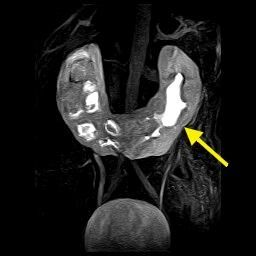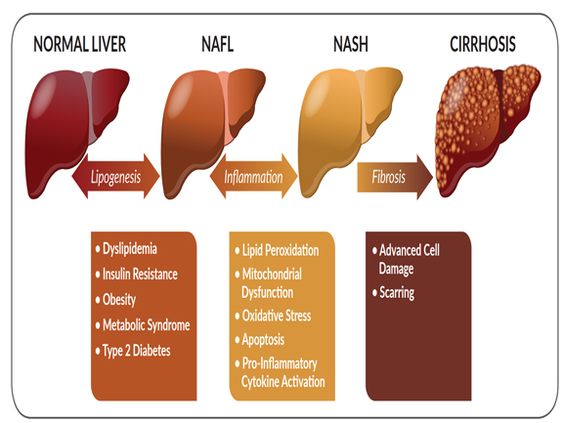andraursuta.com – The symptoms of Liver Disease Cirrhosis are often similar to those of other conditions, which is why it is critical to know what to look for. Your healthcare provider will examine your physical condition and examine your medical history. He or she will likely run blood tests to check for blood clots and liver function. A needle will be inserted into your abdomen to collect a sample of your liver. The samples will be examined under a microscope to determine whether they contain the disease-causing substance.
Providing a detailed medical history and a complete physical examination is very important

The first step in diagnosis is a thorough medical history. Providing a detailed medical history and a complete physical exam are essential in making a proper diagnosis of cirrhosis. If the condition is a result of alcoholism, a doctor may prescribe a diuretic to reduce the excess fluid in the body. A low-salt diet is also required. A narcotic pain medication may also be prescribed to treat the altered mental function associated with cirrhosis.
Your doctor may perform an upper endoscopy or a liver biopsy to confirm the presence of cirrhosis. This test uses a flexible camera to look at the lining of the liver and look for abnormalities. If the fatty tissues or enlarged blood vessels are seen, a biopsy may be necessary. A lower-salt diet and water pills can help to reduce the amount of fluid in the abdominal cavity. Surgical procedures are sometimes required to remove the fatty tissue that has accumulated in the abdomen.
A CT scan will identify whether the patient has cirrhosis

The most common tests for cirrhosis include hemoglobin levels, portal hypertension, and biliary duct disease. A CT scan will identify if the patient has cirrhosis or not. The doctor may also perform an ultrasound of the bile ducts to determine the cause of cirrhosis. Usually, a patient with this disease will have an abnormal CT scan.
Imaging tests are used to identify the severity of cirrhosis and to determine the cause. It is possible for a physician to see the liver on a computer screen or with a small camera. This is called an endoscopy and enables the doctor to determine the size and shape of the liver. In severe cases, a patient may experience edema, or fluid in the abdominal cavity.
A patient with cirrhosis may require a liver transplant

A liver biopsy is a common way to diagnose cirrhosis. The procedure involves inserting a thin tube with a light into the esophagus to see if there are swollen blood vessels. A patient with cirrhosis will also experience edema, or fluid buildup, and may require a liver transplant. Patients with cirrhosis will receive treatment based on the severity of their disease.
Once cirrhosis has reached an advanced stage, the liver is no longer able to carry blood properly. The blood flow to the liver is restricted and pressure increases. As a result, the blood will build up in the portal vein, causing a condition called portal hypertension. This will lead to esophageal varices to bulge. Moreover, a patient with cirrhosis will experience an increased risk of esophageal bleeding.
Cirrhosis may not show any symptoms until the later stage

As with any chronic condition, cirrhosis is often a silent disease. It may not show any symptoms until later stages, but the symptoms of the disease are often a warning of a serious problem. When left untreated, cirrhosis can lead to death, so it is vital to seek treatment early. This is because late-stage cirrhosis can be life-threatening. It is vital to seek medical care right away to avoid complications related to the liver.
Healthy living can help slow or stop the progression of the disease

In the early stages, treatment for cirrhosis may be minimal. Medications, prescription drugs, and lifestyle changes can help to slow or stop the progression of the disease. While treatment for Liver Disease Cirrhosis may be limited, it is important to make an honest medical history. It is not uncommon for patients to develop esophageal varices. These are bulging blood vessels in the upper stomach.
Symptoms of cirrhosis vary from person to person. For some, the condition does not cause any symptoms at all. In other cases, a person may live for years without being aware of their condition. For those who experience no symptoms, therapy can be life-saving. Some medications are prescribed for the condition. If the inflammation is not severe, they can be prescribed steroids. Some medications may also be prescribed for a chronic illness.
